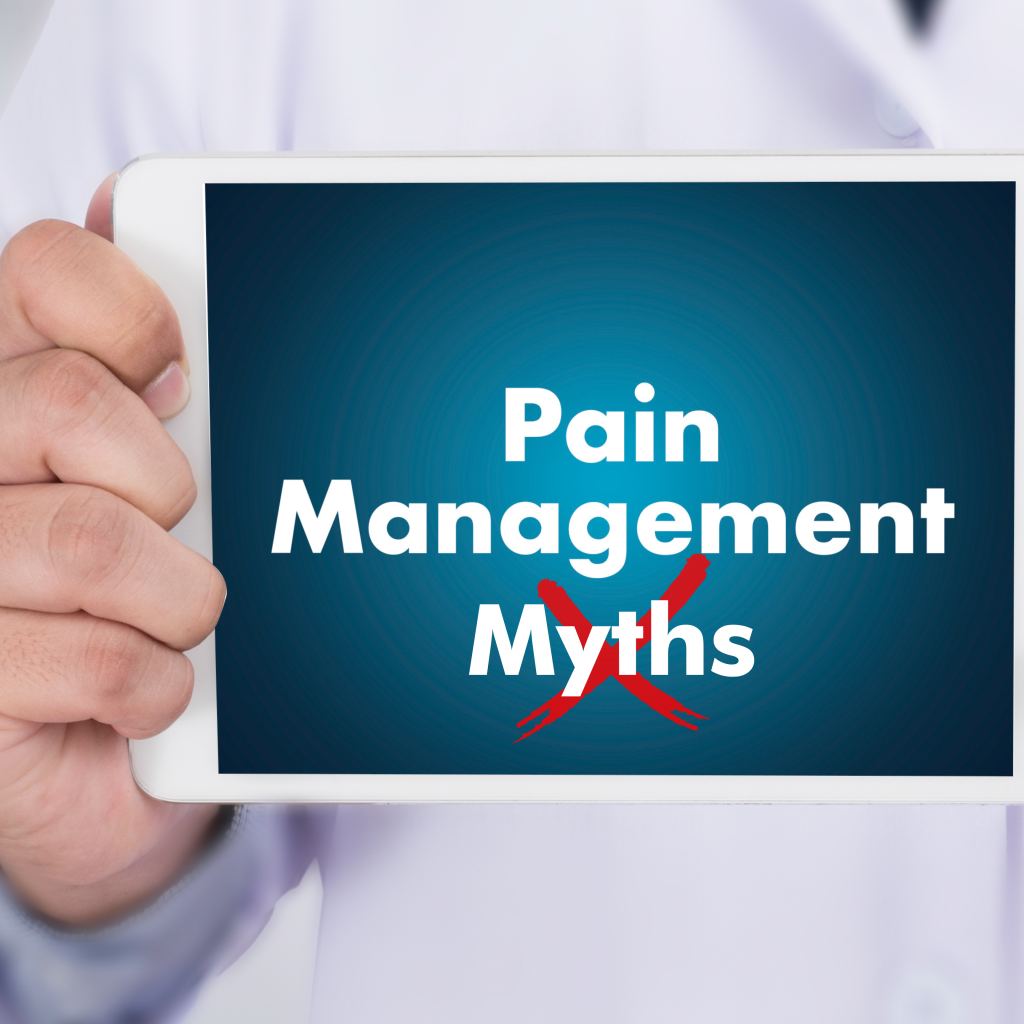Workplace Injuries: FAQ’s With Our Experts

For those of you that do not know, worker’s compensation is a law that is established to provide partial medical care and income protection to employees who are injured or become ill from the job.Our fellowship-trained and board-certified team at NSPC answer some of the many Frequently-Asked-Questions by our patients.
Can a person have pain due to a workplace injury?
It is possible to be injured at your workplace in the event of carrying out your job description activities. A correlation can be drawn based on the onset of pain symptoms after an injury was received at work. It is important to note the date of injury sustained and the date of symptom onset.
What are some of the common causes of workplace injuries that you’ve seen?
Some of the causes of injuries sustained at one’s workplace can be heavy lifting, prolonged exposure to a trigger such as pressure or heat/ cold, fall, equipment accident, etc.
What are some of the common body parts you see affected by workplace injuries?
According to our expert physicians, the common body parts affected are the lower back, neck, upper and lower extremities, and joints in workplace injuries.
Are medications enough to treat workplace injuries?
Depending on the etiology of the pain, likely not. However, medications commonly prescribed are short-term non-steroidal medications in association with other conservative modalities like physical therapy that are effective for workplace injuries. If these do not work, interventions should be tried.
Are these workplace injuries permanent?
Every case is determined on a case-by-case basis, and a balance is necessary to assess work status. While a lot of the injuries may not be permanent, they have to be treated aggressively.
What should the patients be aware of in terms of paperwork?
Patients need to be aware that some companies require certain forms filled out which they have to collect from their HR office and submit to the doctor. They must also be diligent in regularly updating their return-towork status and functional capacity notes at every visit with the physician. If there is an adjuster involved (which is the case in most WorkComp cases), their name and contact information should be provided along with a claim number (if applicable). The pain center works very closely with these stakeholders to provide you with the best possible care options. This two-way communication is necessary to get procedures approved as well.
What are the regular treatments that the pain center has offered their patients presenting with workplace injuries?
We offer comprehensive evaluation and examination. Radiological evaluation is frequently needed and will be ordered. Interventional pain procedures such as injections, medication management, and physical therapy referrals are frequently provided for patients with workplace injuries. Some other aspects of conservative management tools are the provision of a back brace, compression stockings and a TENS unit.


